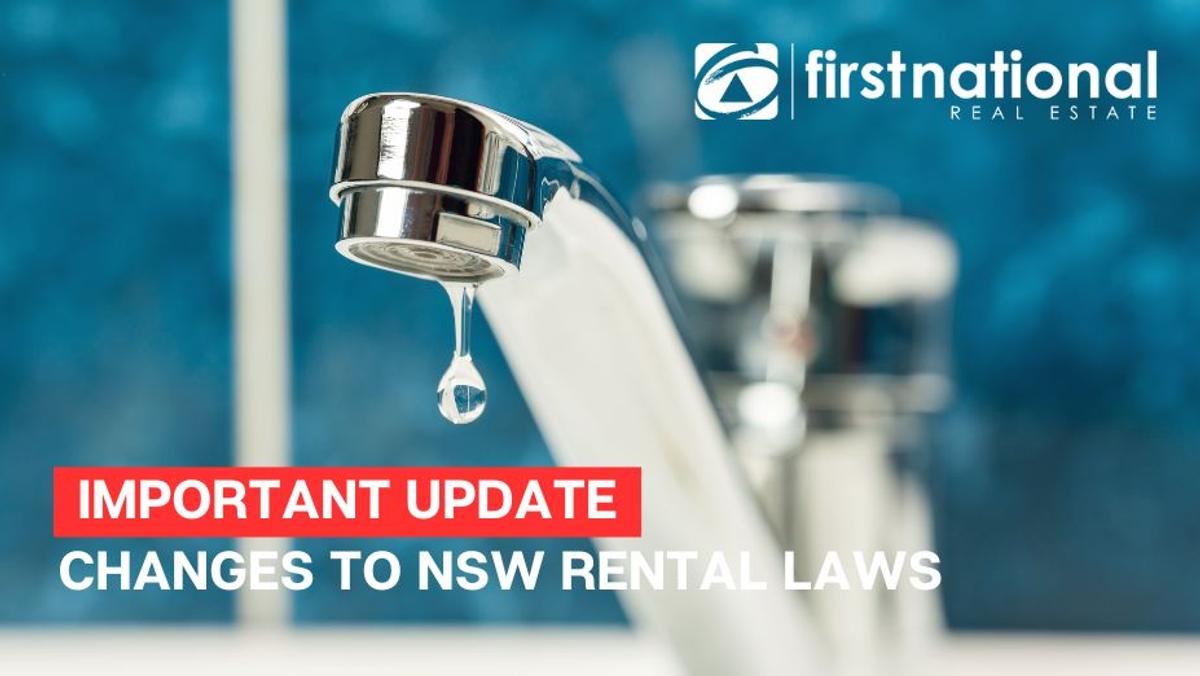Agency Practice

Convert Leads to Listings in 2025
Follow-ups are critical for successful prospecting, yet many agents abandon efforts after just one or two attempts. Research shows it takes 7–13 touch-points to break through and generate meaningful responses. To stay top-of-mind and position yourself as a valuable resource, a well-structured prospecting rhythm is essential.
What Is a Prospecting Rhythm?
A rhythm is a systematic series of outreach actions—calls, emails, social media interactions—designed to engage prospects consistently without overwhelming them. For example:
Day 1: Call + voicemail
Day 2: Email
Day 5: Call
Day 8: Social media interaction
Day 10: Call + voicemail + email
This deliberate strategy builds trust and guides prospects step-by-step towards meaningful conversations.
Turbocharge Efficiency
Use AI writing tools like Perplexity to quickly craft well-written emails and use ChatGPT to extract information of interest to potential vendors from market reports.
Steps to Craft an Effective Rhythm
Segment Your Prospects - Tailor rhythms to different prospect types, like referrals versus cold leads.
Balance Persistence and Value - Provide insights or helpful information with every interaction to remain relevant.
Use Multiple Channels - Combine methods—calls, emails, social media, and SMS—to enhance engagement.
Accelerate Results With Back-to-Back Touchpoints
Maximise impact by following a call and voicemail with an immediate email, reinforcing your effort and increasing response rates.
Track and Optimise Your Approach
Use a CRM to measure rhythm effectiveness, refine strategies based on feedback, and stay organised. Experiment with timing and messaging to discover what resonates most.
Why Rhythms Work
A structured, consistent rhythm keeps you visible and fosters trust, even when responses aren’t immediate. By leveraging intentional follow-ups across multiple channels, you turn prospects into clients while nurturing relationships for long-term success.
Don’t leave follow-ups to chance. Design a thoughtful rhythm to secure opportunities and thrive in 2025.
Changes to NSW Rental Laws
The rental landscape in NSW is undergoing a major transformation following the passing of the Residential Tenancies Amendment Act 2024 (NSW) (RTA Act) in October 2024.
CHANGES ALREADY IN FORCE
Rent increases
Now limited to once per year for ALL leases
Subsequent agreements between the same parties are treated as a continuation of the original agreement to prevent attempts to bypass this restriction
The first rent increase can only occur a minimum of 12 months after the tenancy commenced
Prohibited charges
You cannot charge prospective tenants for background checks when applying for a tenancy
Make sure any platforms you use do not even offer the option of a paid background check
Rental bond board
NSW Rental Commissioner is now allowed to sit on the Rental Bond Board.
CHANGES STARTING IN FIRST HALF OF 2025
Water efficiency measures
From March 23, you may only charge a tenant for water use if the property meets prescribed water efficiency measures i.e. dual flush toilets (3-star WELS rating)
Continuing measures include:
No leaking taps or toilets (shower head max flow of 9 litres per minute)
Internal cold taps/single mixer taps (kitchens and bathrooms) max flow of 9 litres per minute Nb. Bath, laundry, garden, washing and dishwasher taps excluded
Efficiency measures should appear in the condition report
Where a water tank is the only supply, there must be water in the tank at the beginning of the tenancy
Where there are septic tanks, the tenant must pay pump out costs when the tank is full
Any water rebates must be passed to the tenant
End of a tenancy
Landlords will need a reason to end a tenancy for both periodic and fixed-term leases. If the landlord wishes to end a lease, evidence must be provided with a termination notice, with penalties payable by landlords who give a reason that is not genuine.
Notice periods for fixed-term leases
The amount of notice a renter must have before their lease ends will increase from 30 days to 60 days for a fixed-term lease if the lease is 6 months or less, or 90 days if the lease is more than 6 months.
Keeping a pet
A renter will be able to apply to keep a pet, with the landlord only able to decline for certain reasons.
Payment of rent
Agents will be required to offer a free and convenient way to pay rent that is electronic and without additional fees.
Vendors Risk 15% Withholding Under New ATO Rules
The Australian Taxation Office (ATO) has expanded its foreign resident capital gains withholding (FRCGW) rules to apply to all Australian residents who own property.
From January, ALL of your vendors must obtain a clearance certificate from the ATO. If they do not, 15% of their sale price could be withheld by the purchaser and. paid to the ATO.
Updated rules apply to all contracts signed on or after 1 January 2025
The previous $750,000 threshold has been removed
If an amount is withheld, vendors will not get a refund until their next tax return
Sales agents can anticipate that most clearance certificates (valid 12 months) will be issued within days, but they can take up to 28 days.
Applications for clearance certificates can be made here.



